The complete electric bike you see in the video and images here is just one of thousands of possible configurations that the Nicolai E-BOXX 2 platform is capable of offering. What you get for roughly $5.5K is a high performance, hand built racing frame with integrated motor and battery systems from Bosch. The frame is based on the non-electric ION from Nicolai which can be custom fit, custom painted and configured in one of three geometries including cross country, enduro or downhill depending on your needs. In my view, this electric bike could either be a custom, light weight, cool toy or a truly race-capable electric mountain bike. In parts of Europe, electric bike racing is starting to emerge and the original E-BOXX and now the E-BOXX 2 are leading platforms for this space along with products from Felt and Haibike which are less custom but still very capable. If you’re interested in choosing the wheelset, tires, cassette, derailleur, brakes, handlebar, fork, pedals, seat post and saddle for your electric bike… then prepare your budget and read on!
The motor chosen for the E-BOXX 2 is a 350 watt geared mid-drive design from Bosch that’s built right into the bottom bracket. Compared with other similar integrations, the drive is a bit more tilted here and the casing is fairly unique with a protective guard running the length of the plastic shell. I love that they pain this protector to match the frame and appreciate the extra thought that went into durability. On the side of the plastic casing there is also a plastic chain guide that should help to keep things running smoothly on rough terrain. Weighing in at ~6 pounds and operating with a sort of electronic whir, the Bosch Centerdrive is very powerful and in Turbo Mode (the highest drive setting) will take you up the steepest hills you can find. In my experience, the rear wheel will begin to slip before the motor even gets close to giving up (just remember, you will constantly have to pedal in order for the motor to activate, there is no throttle mode on this bike). If 350 watts doesn’t sound like a lot to you, focus on the torque rating of 60 Newton meters and consider the unsprung weight advantages compared to a hub motor. I’ve taken other Bosch powered bikes off-road and always felt satisfied and in control as a cyclist vs. a rider. The system feels empowering even at the lowest assist level and I find myself clicking from low to high as terrain varies and then back down to conserve battery and feel my own power.
The battery pack powering the EBOXX 2 consists of high quality 18650 Lithium-ion cells, much like you’d find in an electric car. They’re produced by Samsung and offer an excellent balance of low weight, high energy density and operational stability. You get 36 volts of power and 11 amp hours of capacity which offers a total of 396 watt hours, this is why the pack is called the “Powerpack 400”. While I’ve never seen one of these packs mounted below the downtube, completely exposed like this. I can understand the benefits of low center of gravity, decreased metal weight (compared with the original E-BOXX that was surrounded by a protective cage) and ease of removal. The pack locks down using a metal ABUS core and can be charged on or off the frame. For best results, try to keep the battery charged between 20% and 80% and avoid storing it in extreme heat or cold. You may notice that doesn’t offer the same range in cold environments and that is true of all Lithium-ion batteries. The pack has a built in LED scale that shows you the charge level even when it’s not mounted to the bike and the proprietary connection point at the bottom of the pack helps avoid confusion with improper chargers you might have laying around for laptops and other devices. All things considered, I like the battery design but would be careful when riding in wet or muddy terrain to use a front fender. If you try to wrap the battery for protection that might work as well but could decrease cooling ability and ultimately cause damage to the cells. For cleaning, I’d recommend using a damp sponge, do not spray any bicycle down with high pressure water, use damp rags and dry towels to gently clean components and then oil as necessary.
To activate this bike you simply connect a charged battery and then press the power button at the lower left corner of the LCD display unit… That is, after you’ve got a fork and handlebars installed. Note that the Bosch Intuvia display featured on the demo bike is actually mounted to the left of center. Most of the time I see this display mounted over the stem but that may not be possible depending on the components you choose. The large backlit console is relatively large which makes for easy viewing and it offers several readouts with a constant show of speed, battery and assist level. The display is removable but also comes with a set screw for securing it more permanently if you wish. To cycle through sub menus there’s a button at the top right of the display marked with an i and this is duplicated on the remote button pad at the left grip for easy access. I think you could also mount the button pad near the right grip if you prefer. The information button lets you cycle through overall distance, trip distance, max speed, average speed, estimated range, and time. My favorite readout is range because it dynamically adjusts as you arrow between four levels of assist and factors in remaining battery capacity. With the range estimator you can plan rides on the fly and avoid getting stuck far, far from the parking lot. Cycling through assist levels is very easy using the button pad and you can literally click through without taking your hand off the grip and without even looking down as mentioned earlier. It’s a great design that lets you focus on riding the bike vs. interpreting menus and it’s native to all Bosch Gen2 systems. To help clarify the menus and features of the Bosch Intuvia I’ve created a forum post with a video overview here. While the button pad is usually easy to reach this might change if you have a remote seat post dropper and remote lockout button installed on your bars. Note that the system is also setup to control lights which can be run directly from the main battery if you set them up.
There’s always a lot to say about higher end electric bikes and that’s certainly the case with the Nicolai E-BOXX 2. I’m not a professional cyclist and really cannot comment on the geometry, ride quality or performance in a way that honors this bike but I’ve done my best to quantify the specs and provide an up close look. I personally love that Bosch powered electric bikes have the same low unsprung weight that traditional bicycles do and I love that they can offer quick release on the front and rear wheels. These bikes are easy to maintain because the drive systems are very isolated and don’t infringe on the traditional human powered drivetrain. Considering how performance oriented this ebike is, I’m surprised it isn’t offered as a speed pedelec with the 28 mph Bosch Centerdrive but frankly, 20 mph is still solid and you can always pedal faster without any sort of drag from the motor. There’s something awesome about Kalle Nicolai and his team, working out of a farm house in Germany to build bikes like this and I love that they’ve embraced electric.
Pros:
- Available in three frame configurations including Cross Country, Enduro and Downhill and multiple size options to the fit rider and intended use
- Available in a wide range of custom colors to meet your personal style, team outfits or sponsorship needs
- Premium Easton Aluminum used for the frame is said to have zero impurities which improves strength while keeping weight down
- Unique battery mounting point goes to the extreme of keeping weight low and center on the frame, an integrated metal bash guard helps to protect the motor casing from trail hazards
- The second generation Bosch Centerdrive system is extremely efficient, offering 60+ miles of range per charge in the lowest assist level and paved conditions, should reach 25+ miles in true rigorous off-road terrain
- Extremely responsive motor system measures the rear bicycle wheel speed, pedal cadence and pedal torque 1,000 times per second, this reduces any feeling of surge and cuts the motor immediately when you need it to stop
- Electronic shift detection decreases wear on your chain and rear cassette by decreasing motor power when you change gears (works independently from brake levers unlike many ebikes with cutoff switches)
- Excellent five year frame warranty with two years on the motor and battery systems from Bosch
Cons:
- While the Bosch Powerpack 400 battery pack is as low and centered as I think I’ve ever seen, it is a bit more exposed to trail damage and lacks a protective cage like the original E-BOXX
- Only available in a low speed electric bike configuration (top speed 20 mph), considering the performance orientation and race function I would have expected it to be a speed pedelec
- Added expense for the custom design and shipping from Germany, much more assembly required than a traditional electric bike because you will likely provide the wheels, fork, bar, grips etc. etc. and build it locally
- Extremely limited dealer network in the USA, may be near impossible to test ride (especially given the myriad of builds and sizes available)
Resources:
- Official Site: http://www.nicolai-usa.com/
- More Pictures: https://goo.gl/photos/N2WSmLsPbubz9A6n9

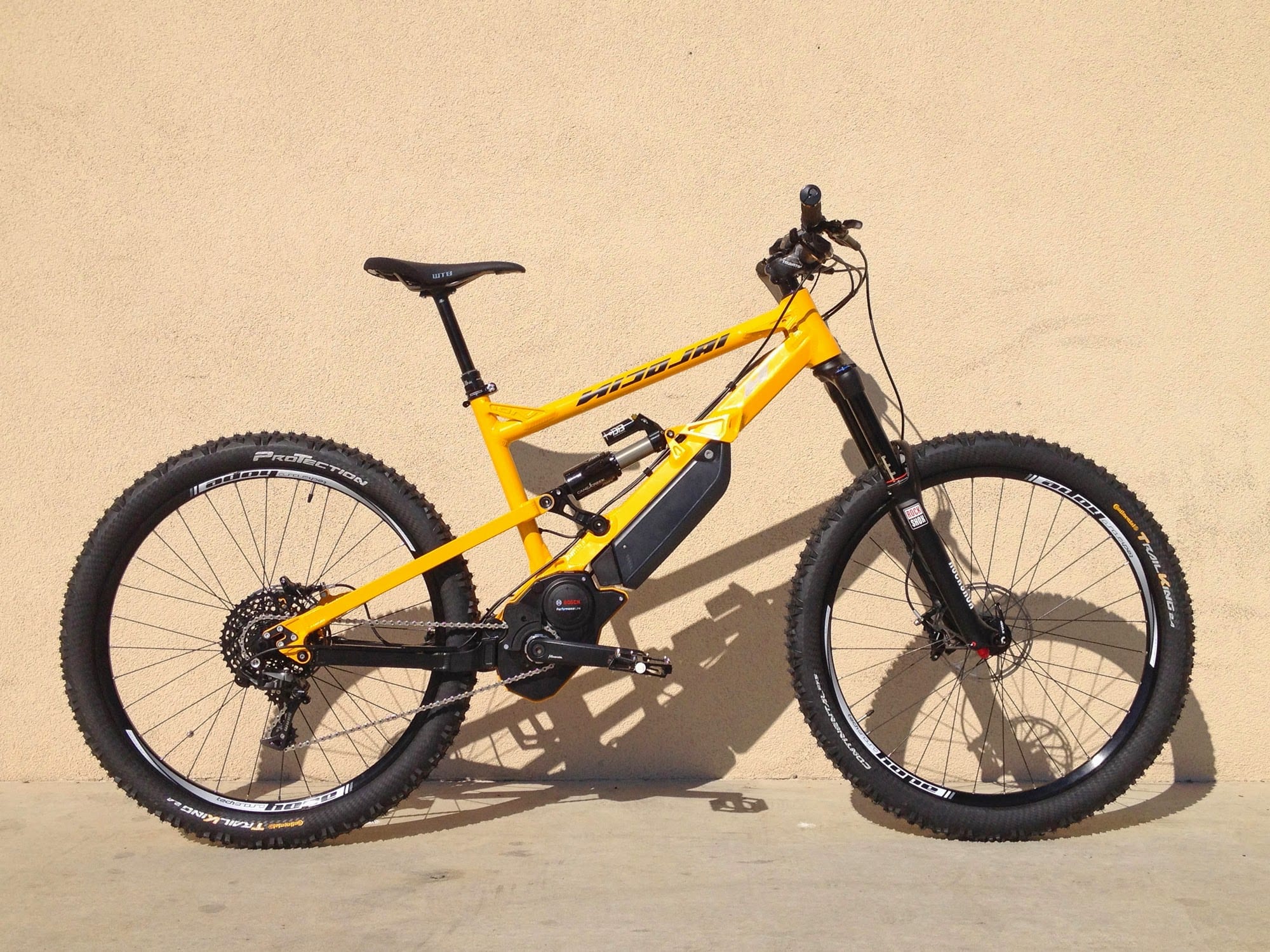
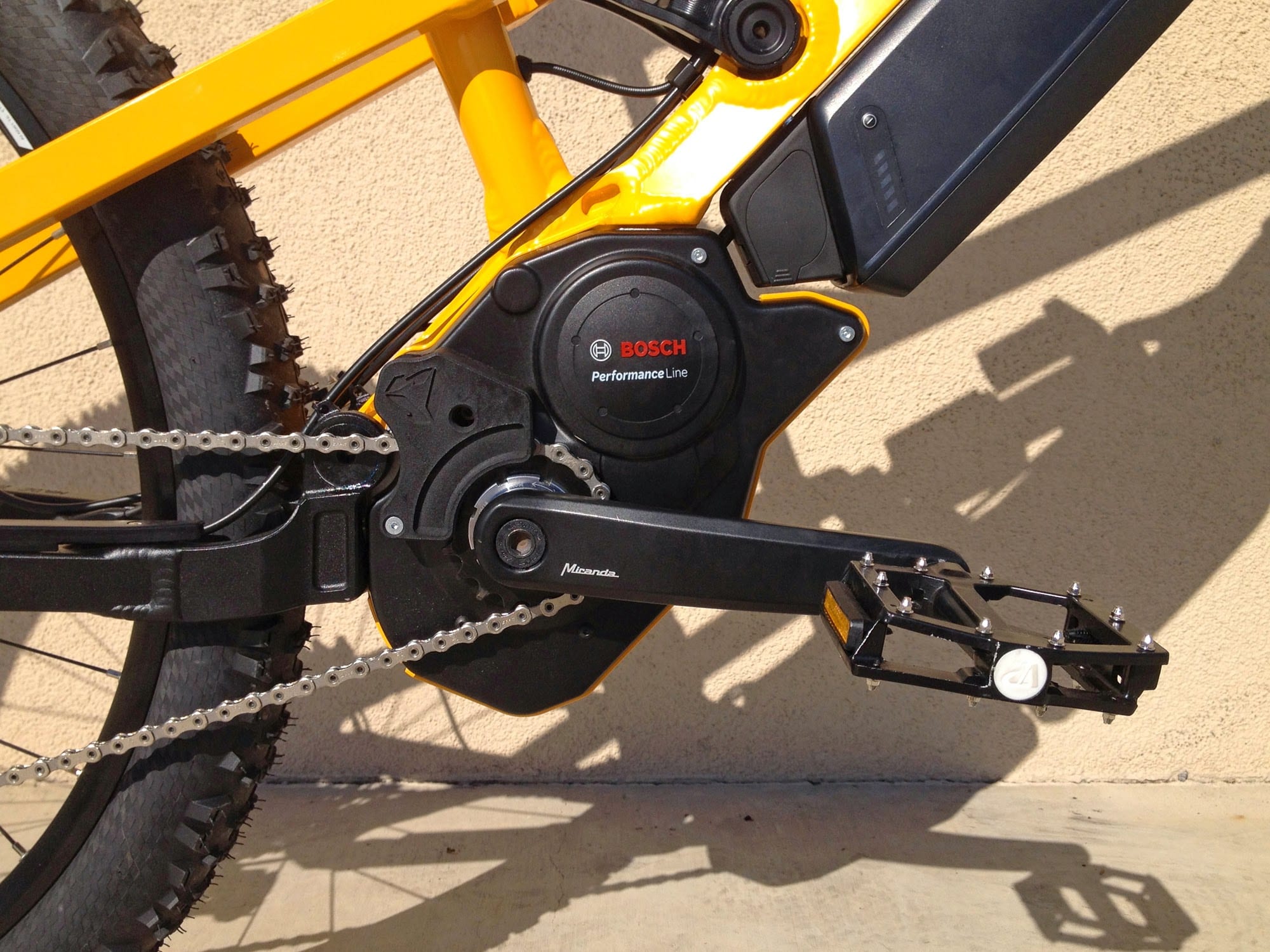
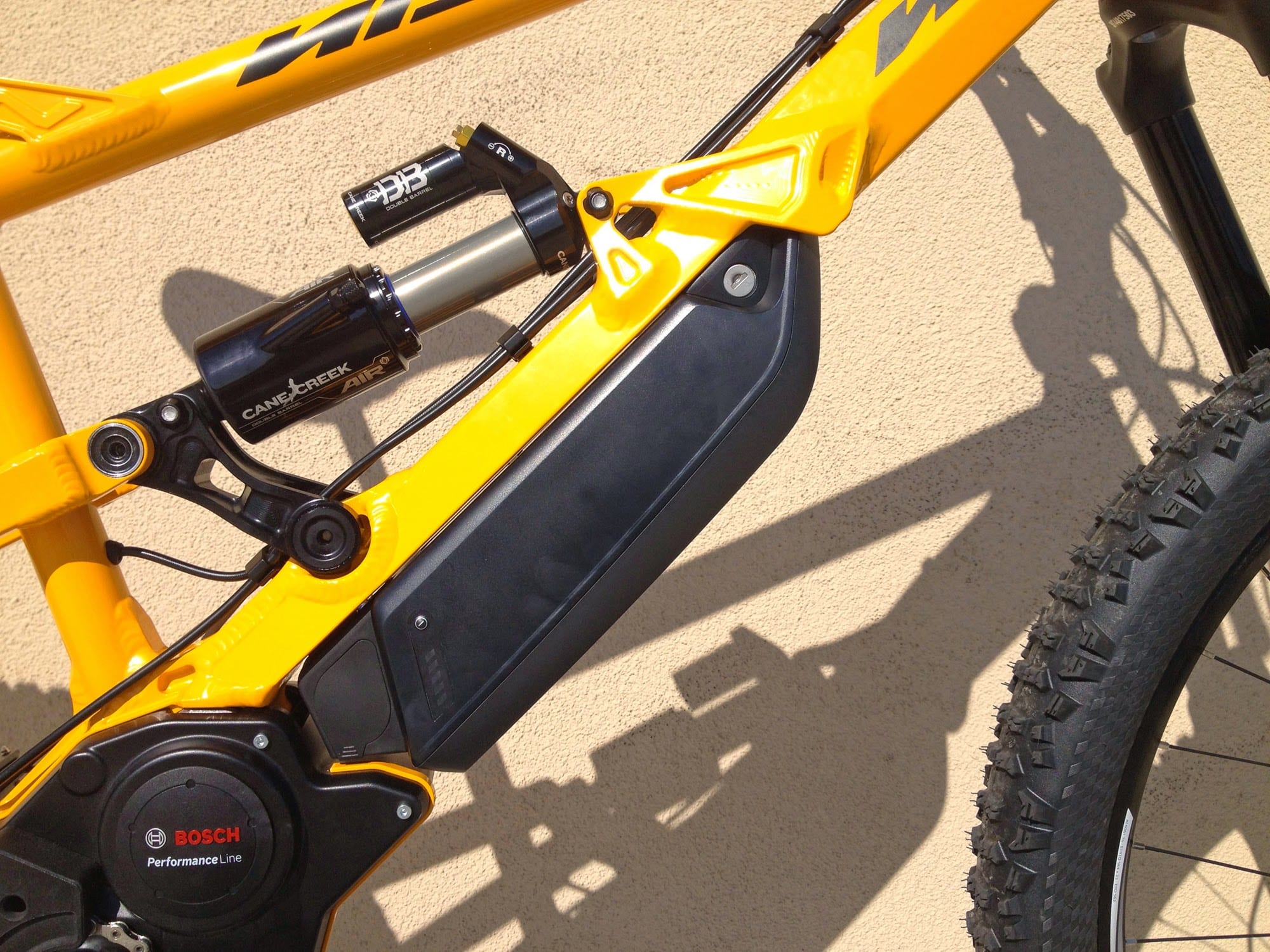
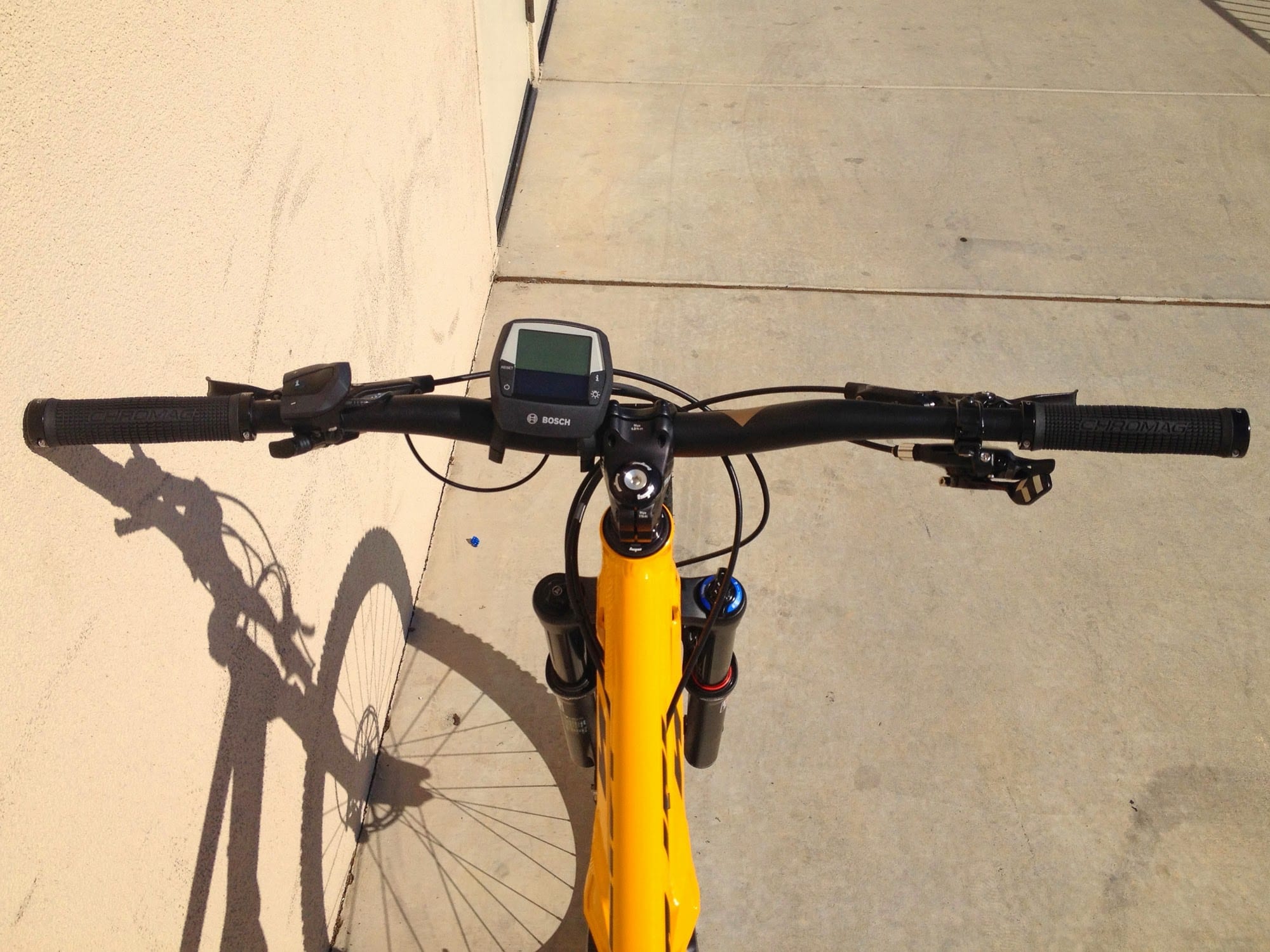

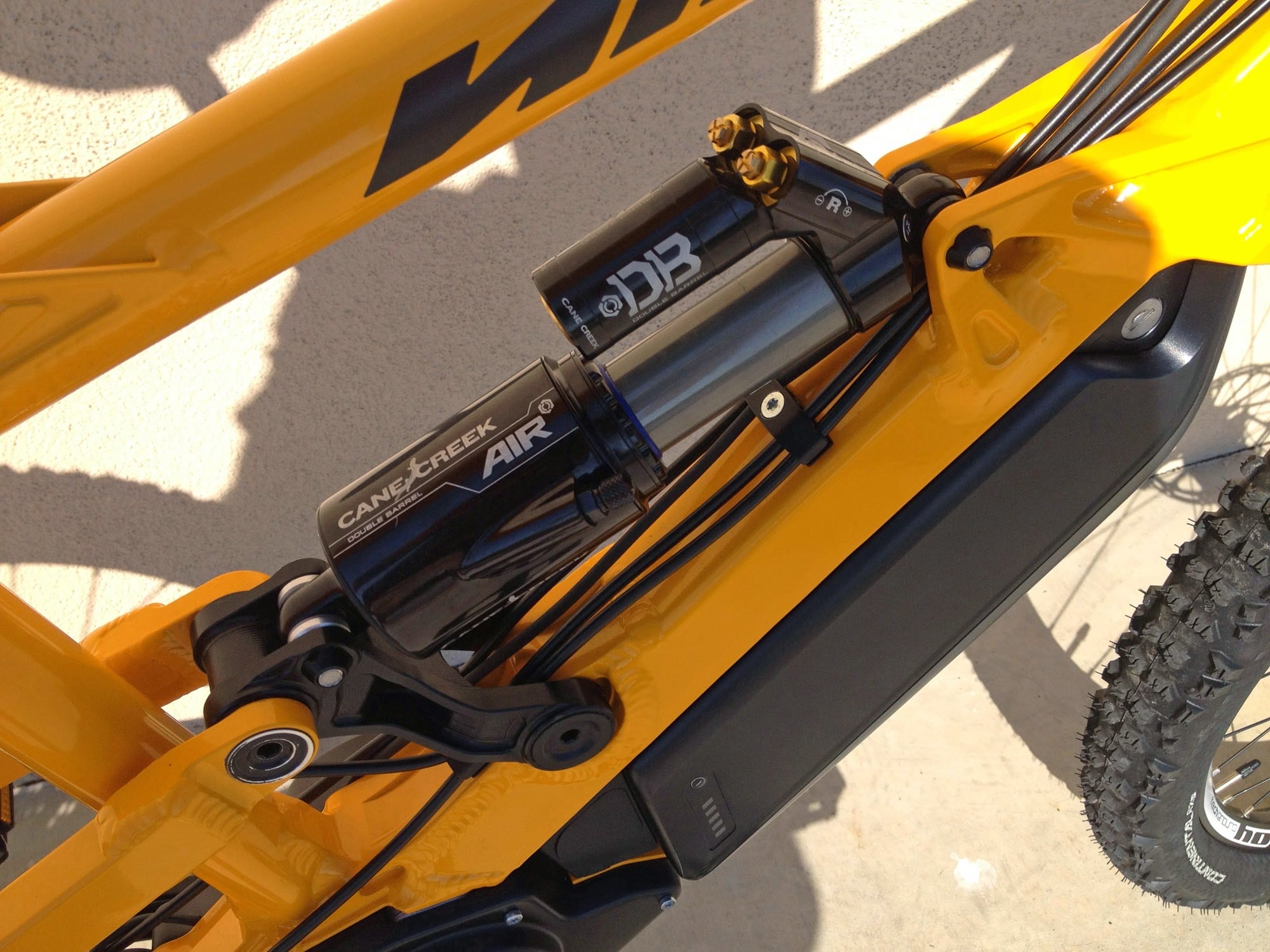
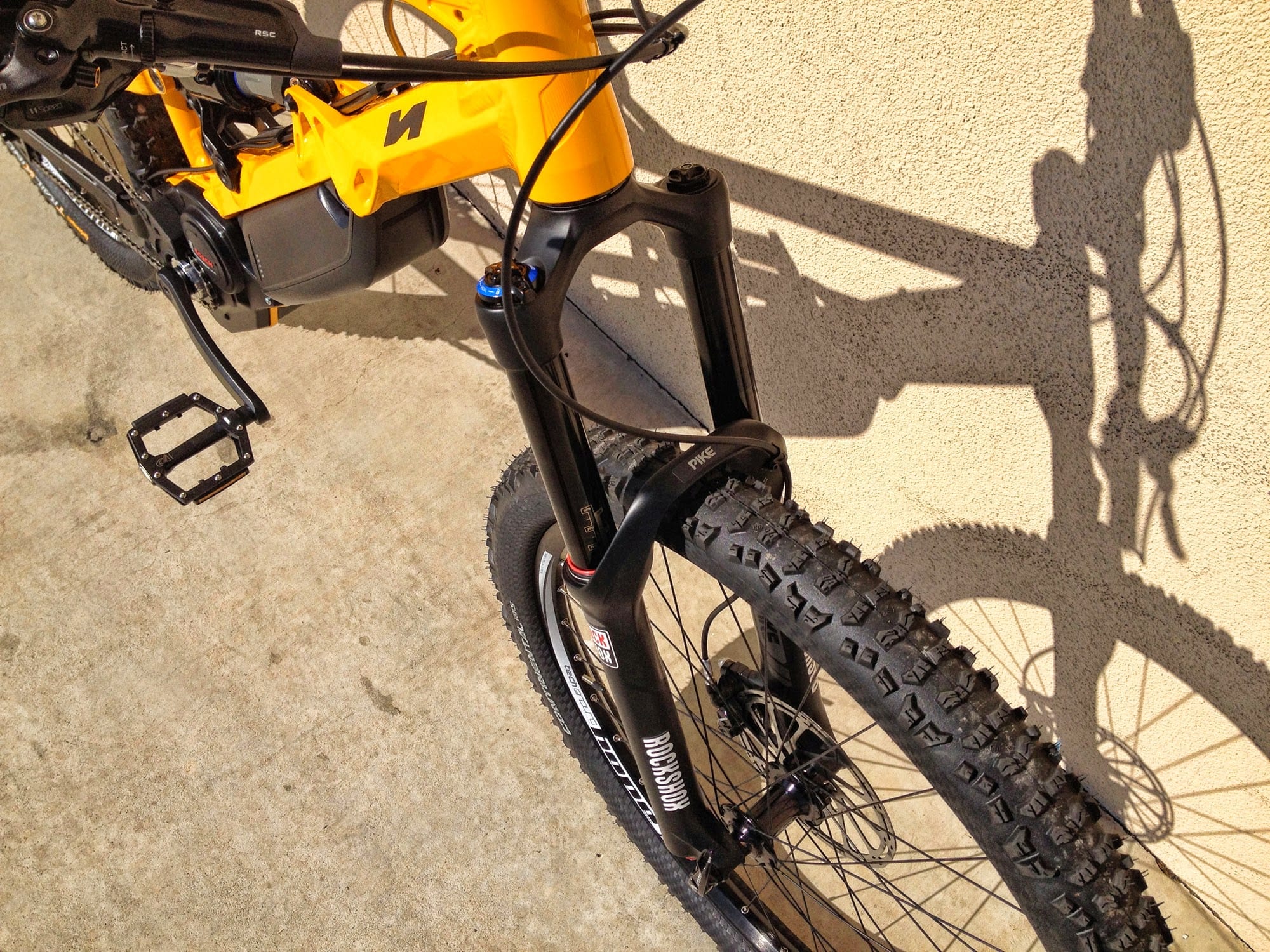
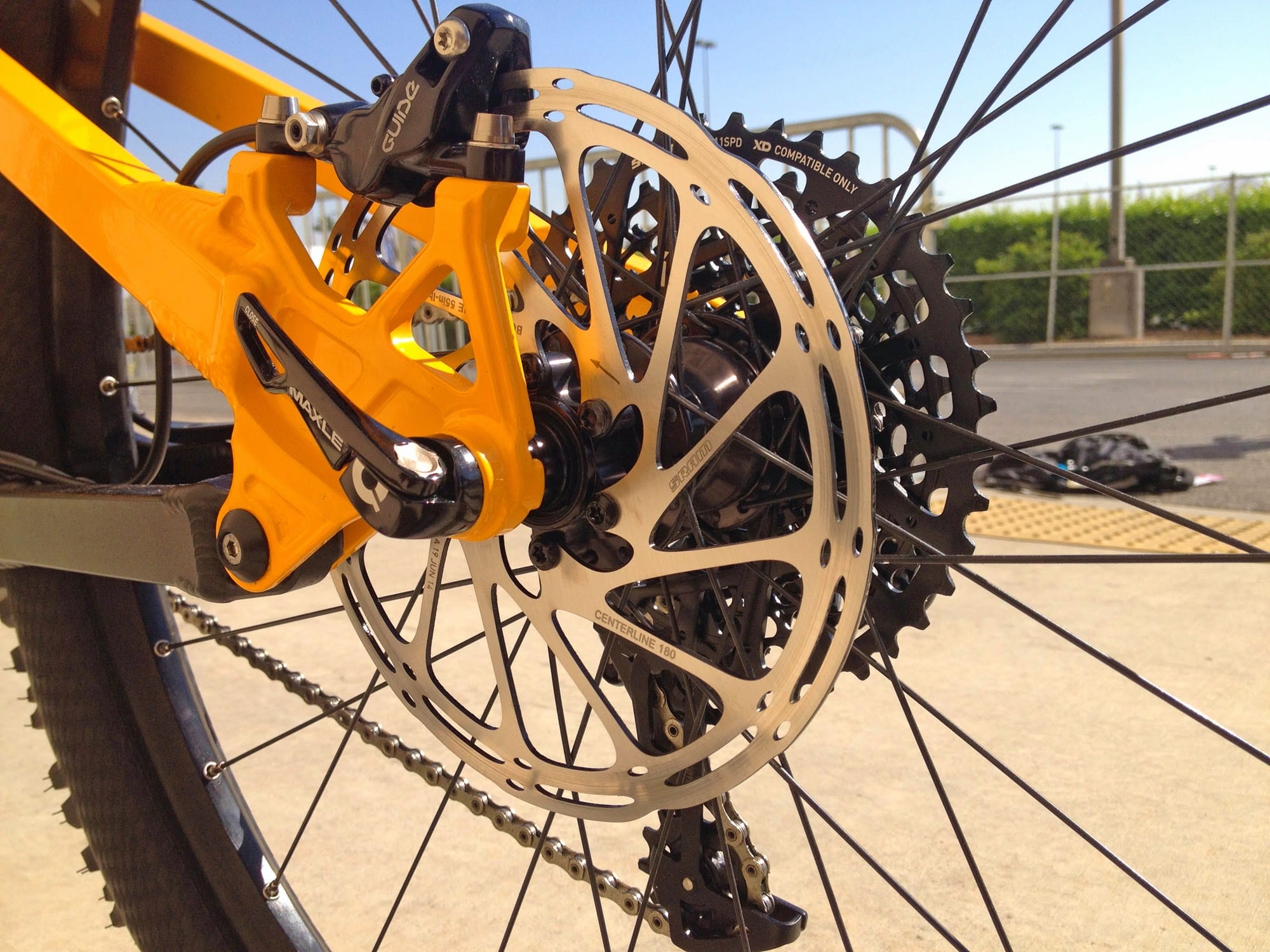
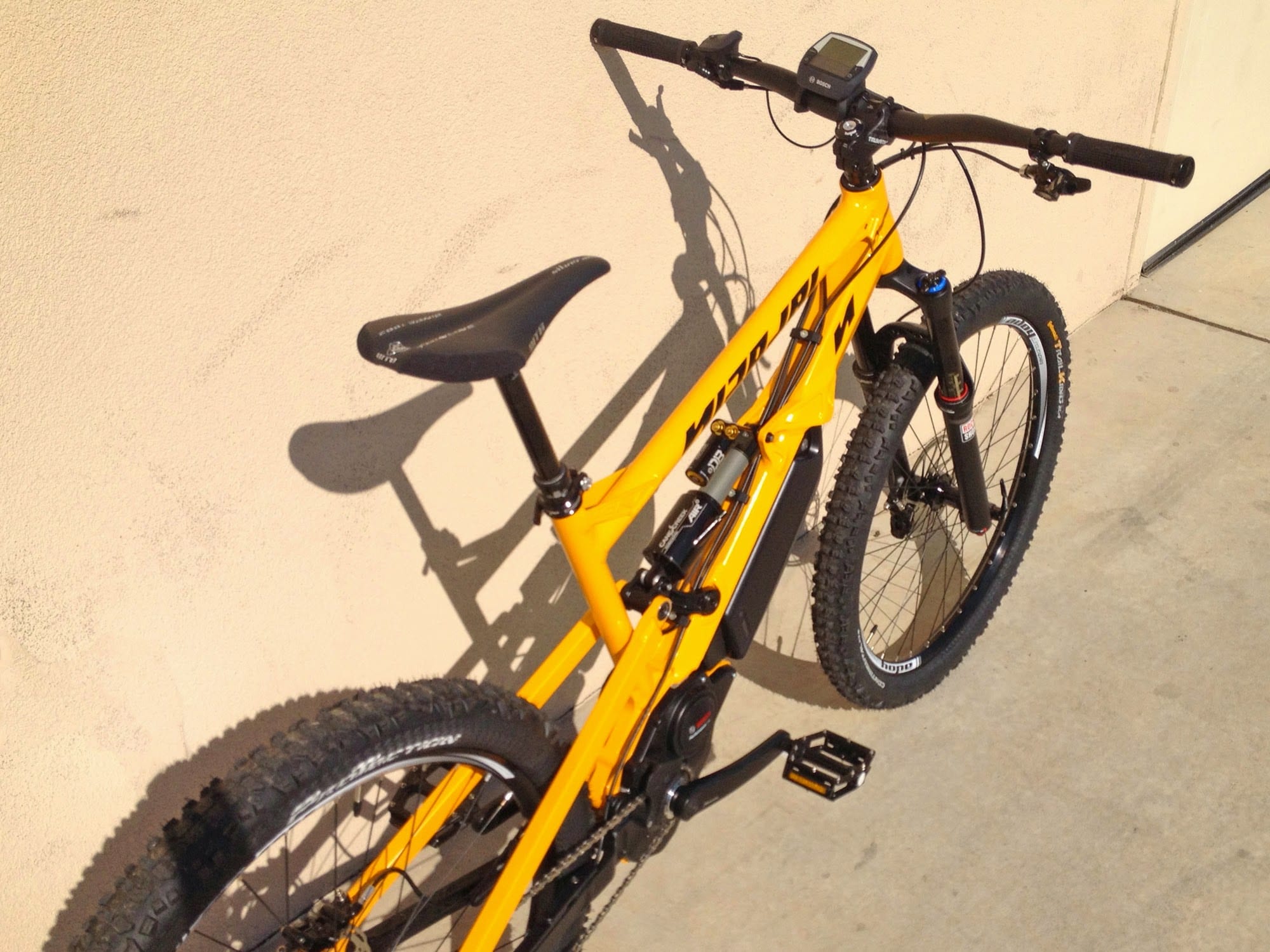

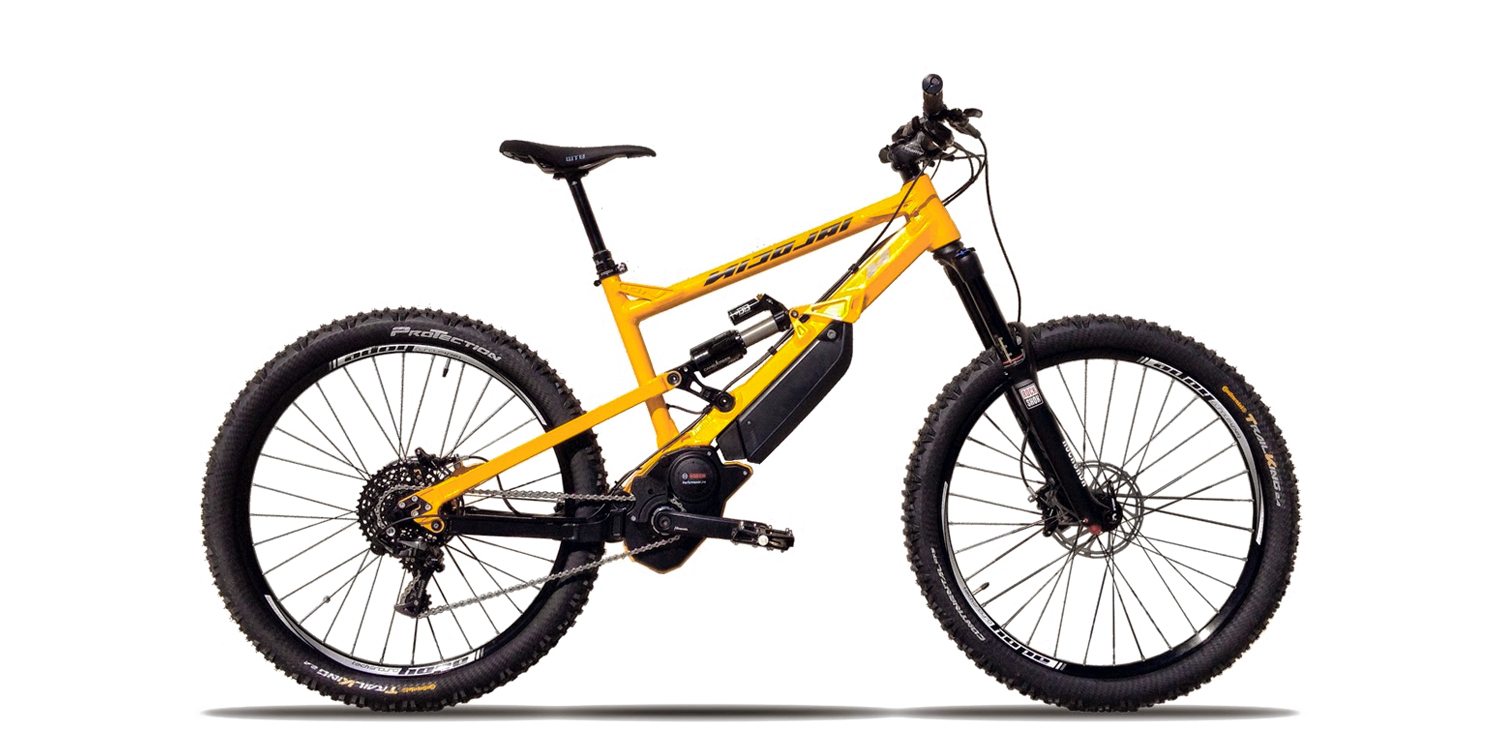
Reader Interactions